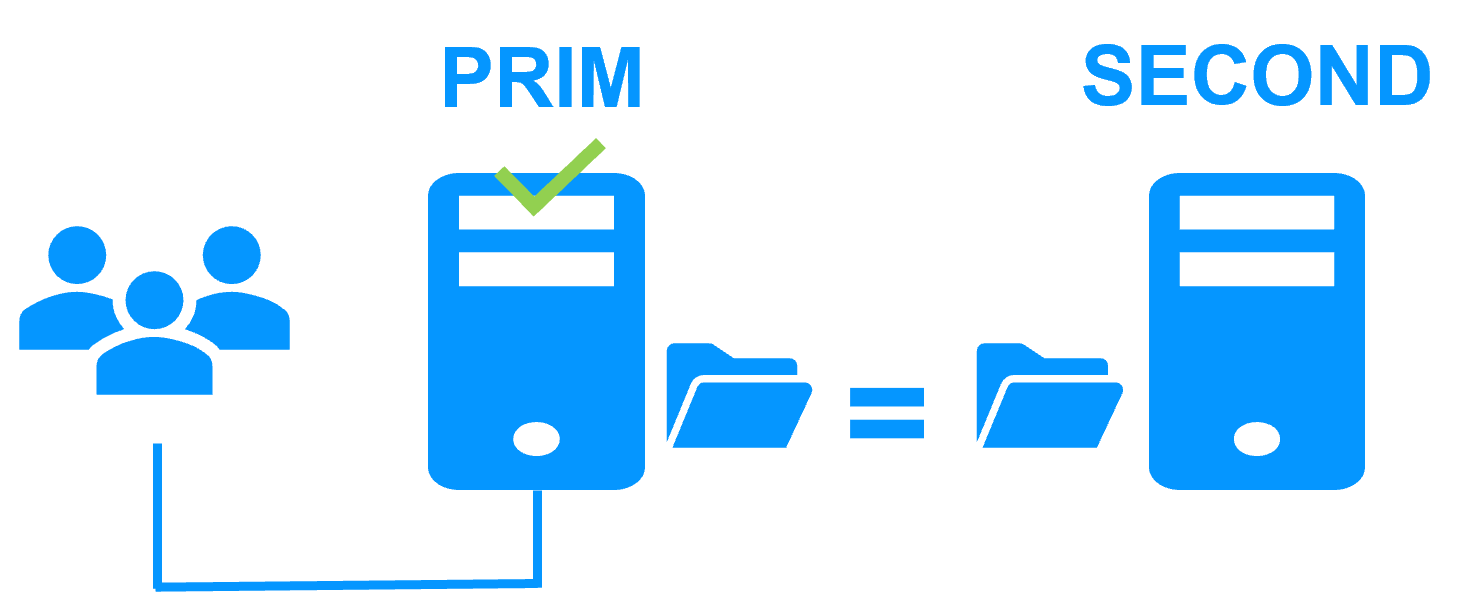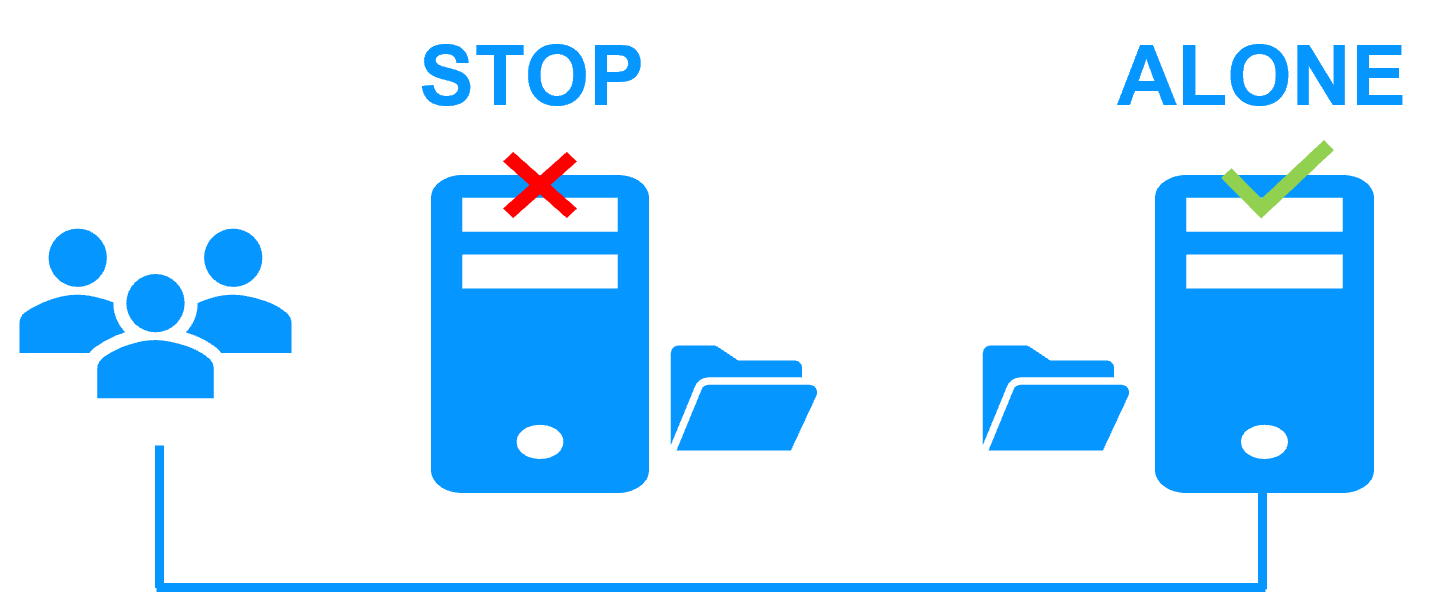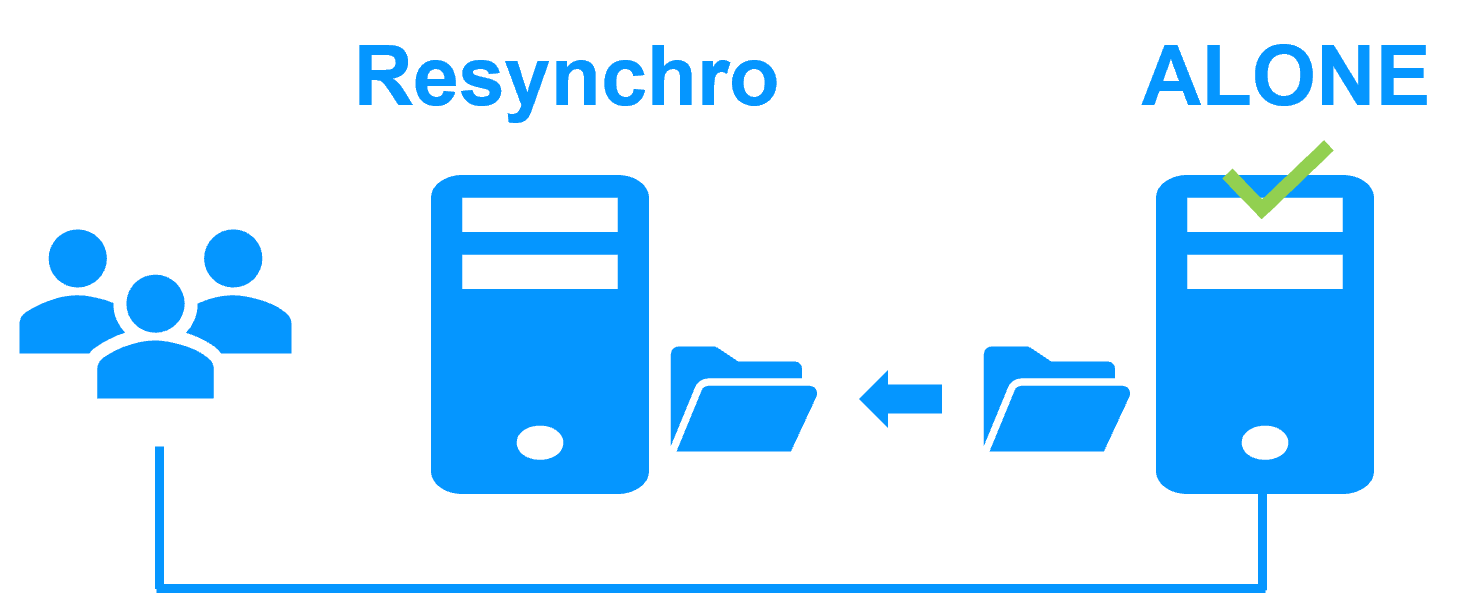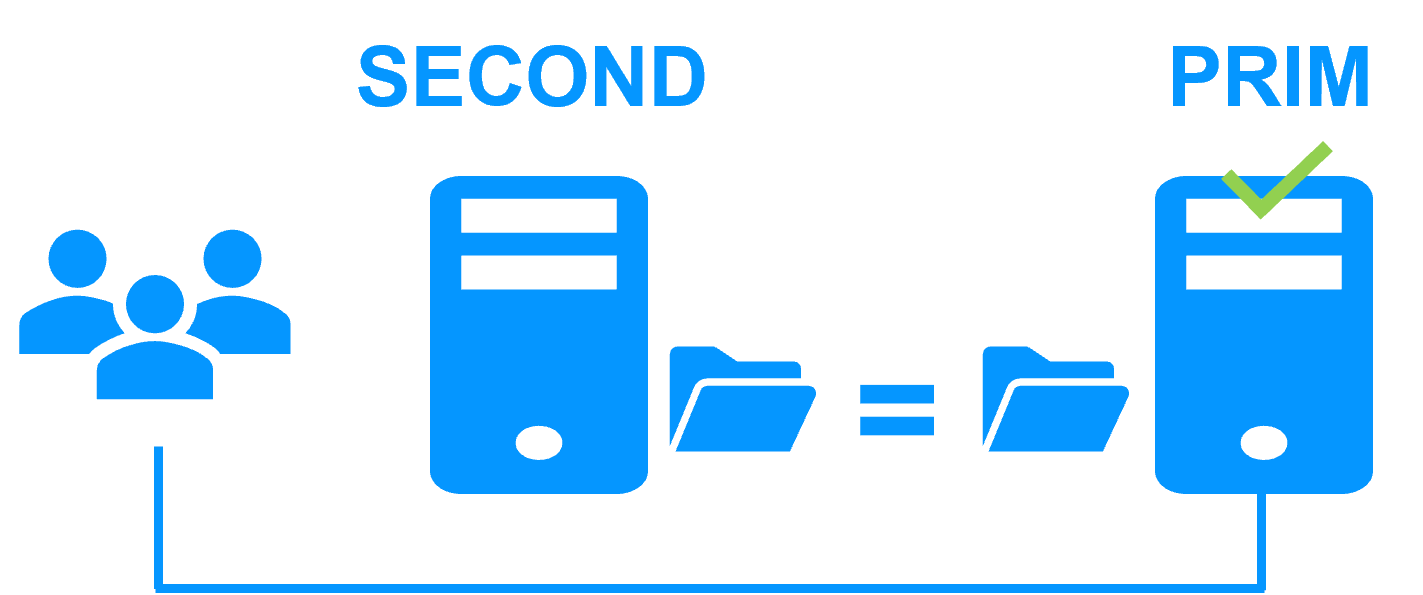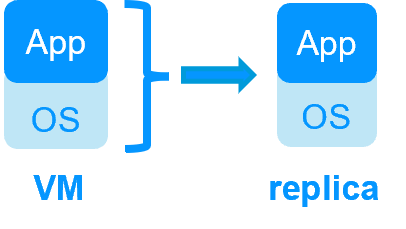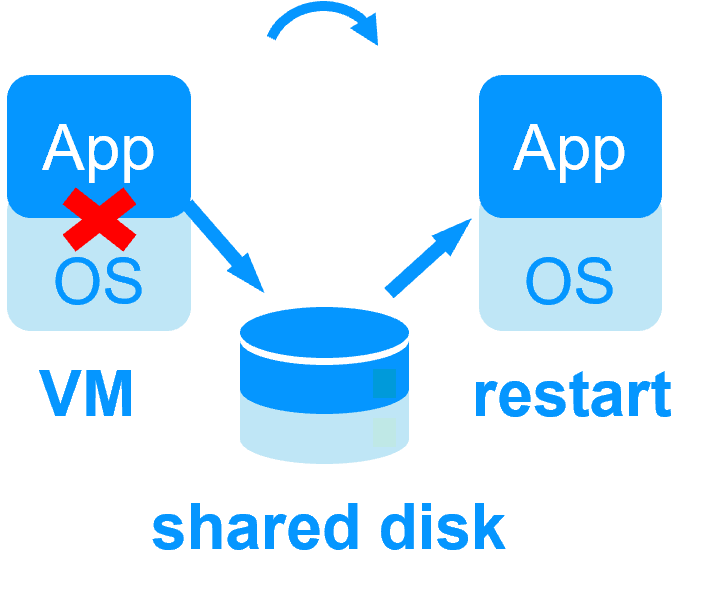|
|
- The SafeKit high availability software saves costs on Windows and Linux by eliminating the need for:
- external shared or replicated storage,
- load balancing boxes,
- enterprise editions of OS and databases.
- SafeKit includes all clustering features: synchronous real-time file replication, monitoring of server / network / software failures, automatic application restart, and virtual IP address switching to reroute clients upon failure.
|
|
|
- The cluster configuration is very simple and achieved by means of application modules. New services and replicated directories can be easily added to an existing module.
- All cluster configuration is managed using a simple centralized web administration console.
- There is no domain controller or Active Directory configuration required, unlike with Microsoft cluster solutions.
|
|
|
- The real-time replication is synchronous, guaranteeing no data loss upon failure.
- This is not the case with asynchronous replication, which carries a risk of data loss.
|
|
|
- After a server reboots following a failure, the replication failback procedure is fully automatic, and the failed server reintegrates the cluster without stopping the application on the remaining server.
- This is not the case with most replication solutions (especially database-level replication), where manual operations are required, and the application may even need to be stopped during resynchronization.
|
|
|
- Replication works for databases as well as for any other files that need to be replicated.
- This is not the case for replication performed only at the database level.
|
|
|
- Replication is based on file directories that can be located anywhere (even on the system disk).
- This is not the case with disk replication, which requires special application configuration to place data on a dedicated disk.
|
|
|
- The servers can be placed in two remote sites (Shared-Nothing architecture).
- This is not the case with shared disk solutions, which require close proximity.
|
|
|
- All SafeKit clustering features work for two servers in remote sites. Replication requires an extended LAN type network (latency affects synchronous replication performance; bandwidth affects resynchronization after failure).
- If both servers are connected to the same IP network through an extended LAN, the SafeKit virtual IP address works with Layer 2 rerouting.
- If both servers are connected to two different IP networks, the virtual IP address can be configured at the load balancer level using SafeKit's "health check."
|
|
|
- The solution works with only two servers. For the quorum (network isolation between sites), a simple split brain checker to a router is offered to support a single execution of the critical application.
- This is not the case for most clustering solutions where a third server or witness is required for the quorum.
|
|
|
- The secondary server is not dedicated solely to the restart of the primary server. The cluster can be active-active by running two different mirror modules concurrently.
- This is not the case with a fault-tolerant system where the secondary is dedicated to running the exact same application synchronized at the instruction level.
|
|
|
- SafeKit implements a mirror cluster (replication and failover) and a farm cluster (load balancing and failover).
- Thus, a N-tiers architecture can be made highly available and load balanced with the same solution on Windows and Linux (same installation, configuration, administration via the SafeKit console or command line interface). This unified approach is unique.
- This is not the case with architectures mixing different technologies for load balancing, replication, and failover.
|
|
|
- SafeKit implements quick application restart in case of failure: around 1 minute or less (low RTO).
- Quick application restart is not ensured with full virtual machine replication. In case of hypervisor failure, a full VM must be rebooted on a new hypervisor, with a recovery time dependent on the OS reboot (as with VMware HA or Hyper-V cluster).
|
![[SafeKit] A Hyper-V cluster without shared storage on a SAN](/wp-content/uploads/2024/02/safekit-hyper-v.png)
